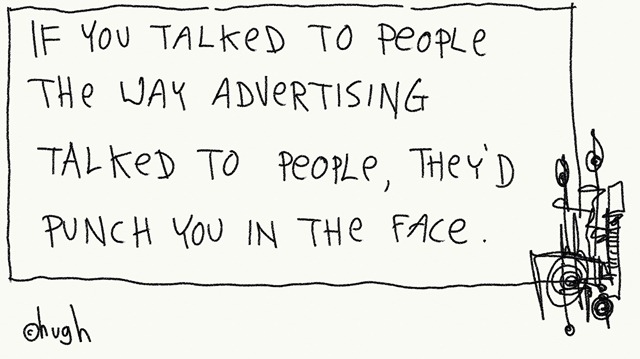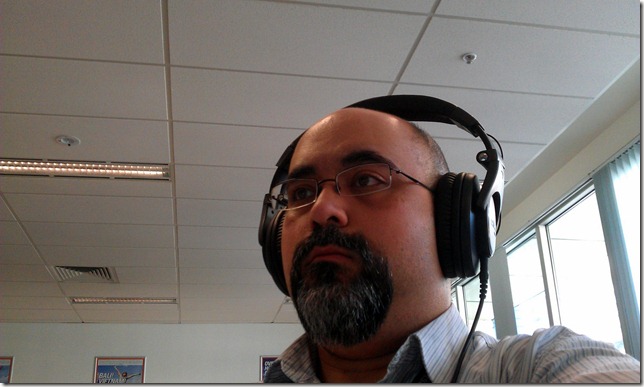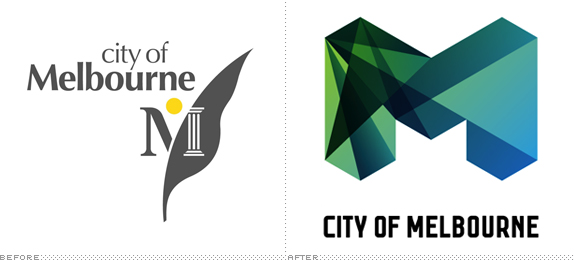Thomson Dawson published an article on Branding Strategy Insider a couple of weeks ago called 'Social Media Marketing Is An Oxymoron'.
In it he argues:
There is no place for marketing in social media.
Think about being at a party having an enjoyable conversation with someone of like mind, then some annoying person interrupts your conversation to tell you how great they are and why you should engage with them. This is basically what most "social media marketing" really is. People hate being interrupted.
While I agree that people hate being interrupted by companies who are trying to talk to them or sell them something, I don’t agree with his generalization because I think the situation is a little more complex than that.
You are the Product
I think people understand and accept that, when companies provide them with free online services (such as an account on a social networking site), those companies aren’t doing this out the goodness of their hearts. Even Governments don’t provide services for free (yaay, taxes!) so there’s no reason to believe that any company would.
Instead of paying money for those services what people give these companies in exchange is:
- information about themselves and their relationships with others online (referred to as their ‘social graph’ – a term coined by Facebook),
- information about their interests and where they spend time on online, and
- their attention (so that third parties can market stuff to them via advertising).
The Silicon Valley way of putting this is:
If you're not paying for something, you're not the customer; you're the product being sold.
And people are more or less okay with that ‘product’ – that online version of themselves – being sold to companies. They know that, in turn, those companies will use this opportunity (i.e. the time they spend on various social media platforms) to sell stuff back to them. If this sounds familiar that’s because this is essentially the advertising-based free-to-air TV model (though with more sophisticated ad targeting).
So people expect to be marketed to on social media.
Not the Whole Story
But, that’s not the whole story because, sometimes, people don’t just expect to be marketed to, they want to be marketed to.
They want companies to sell them the stuff they want, when they want it, where they want it. In addition, they expect to talk to companies about their products and services – both before and after purchasing.
What People Want From Social Media
The way I see it, people seem to want five broad things from companies in the online and social media space:
1. Information
This includes things like product information, contact details, terms and conditions, sizing charts, and so on. People look for this information on websites and Wikipedia pages and they search or ask for it on Facebook, Twitter, blogs, and forums. They also discover products on sites like Pinterest.
2. Help
This covers everything from help with product information (when you’ve just entered the market for that product) all the way to customer support (after you’ve bought the product). People look for help on websites or they ask for it on Facebook and Twitter. And, depending on what the company offers, people might also ask for help over the phone, via Skype, or using live web chat.
3. Deals
This includes things like exclusive or early sales/deals, as well as prizes or other kinds of loyalty rewards. People look for deals on websites, in mailing lists, or on company/brand Facebook Pages and Twitter streams. These people aren't the most brand loyal but they do drive a lot of sales.
4. Connection
This covers a whole bunch of engagement, participation, and ownership needs that include a continuing two-way dialog; input into what companies do and how they operate; and a general sharing of thoughts, ideas, and values. People look for this connection on company blogs, on Facebook and Google+ profiles, and, in smaller chunks, on Twitter. The people who engage with companies in this way are generally the most loyal and are often the company’s strongest advocates. Or, in the case of engagement via Kickstarter, they’re also the company’s founding members and/or financial investors.
5. Jobs
For a specific group of people who are in the job market, what they want from companies also includes job offers, engagement with HR teams, and information about the company and its culture. People look for this information and engagement on websites, via Google searches, on blogs and forums, on LinkedIn, and, increasingly, on other social media platforms (i.e. not just on LinkedIn).
It All Comes Down to Targeting
What it comes down to, then, is the idea of audience targeting. Companies need to have different approaches for engaging with different audience groups. And, if an audience group is receptive to being marketed at, then companies should jump right in.
For example, if was on a message board talking to people about a specific kind of computer that I wanted to buy in the next six months, I’d be more than happy to hear from a company representative about a product they sell that’s in this category. On the other hand, I would be upset if I was marketed to when I wasn’t looking for that kind of communication or engagement.
So, if companies get that targeting aspect right, then ‘social media marketing’ is a completely valid concept.
We’re Still Not There Yet
Sadly, a lot of companies are terrible at this kind of communication. They continue to treat ‘social media’ as just another advertising channel though which they talk at people.
Which, by the way, reminds me of this fantastic cartoon from Hugh MacLeod:

I guess it’s this kind of misinformed approach to marketing via social media that prompted Dawson to write his article in the first place. And, in that, I agree with him completely. A lot of companies still don’t get it right and that really needs to change if they want to make the best use of the social media opportunity that they are currently wasting.
How these companies need to change is, of course, a whole other massive topic. Fortunately, it’s a topic that will keep people like me – people who understand both marketing and social media – employable for at least the next few years :)





















